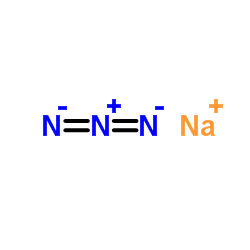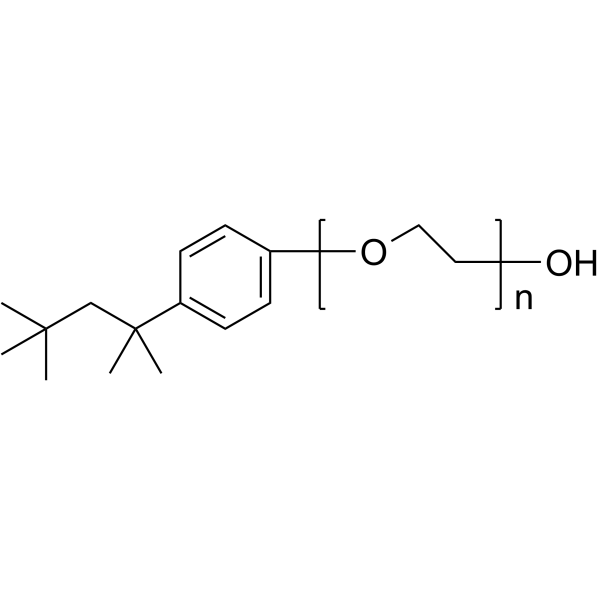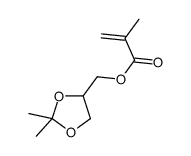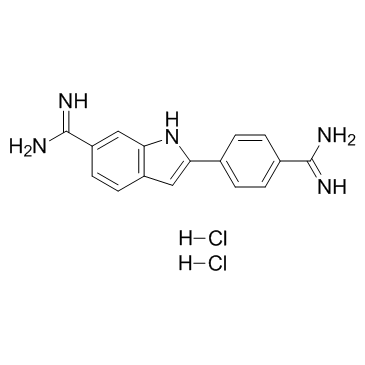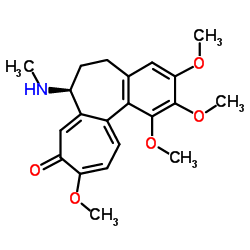Human Reproduction
2015-03-01
Differentiation of primordial germ cells from induced pluripotent stem cells of primary ovarian insufficiency.
Lizhi Leng, Yueqiu Tan, Fei Gong, Liang Hu, Qi Ouyang, Yan Zhao, Guangxiu Lu, Ge Lin
文献索引:Hum. Reprod. 30(3) , 737-48, (2015)
全文:HTML全文
摘要
Can the induced pluripotent stem cells (iPSCs) derived from women with primary ovarian insufficiency (POI) differentiate into germ cells for potential disease modeling in vitro?The iPSC lines derived from POI patients with 46, X, del(X)(q26) or 46, X, del(X)(q26)9qh+ could differentiate into germ cells and expressed lower levels of genes in the deletion region of the X chromosome.iPSC technology has been envisioned as an approach for generating patient-specific stem cells for disease modeling and for developing novel therapies. It has also been confirmed that iPSCs differentiate into germ cells.We compared the differentiation ability of germ cells and the gene expression level of germ cell-related genes in the X chromosome deletion region of iPSC lines derived from POI patients (n = 2) with an iPSC line derived from normal fibroblasts (n = 1).We established three iPSC lines from two patients with partial Xq deletion-induced POI and normal fibroblasts by overexpressing four factors: octamer-binding transcription factor 4 (OCT4), sex-determining region Y-box 2 (SOX2), Nanog homeobox (NANOG), and lin-28 homolog (LIN28), using lentiviral vectors. We then generated stable-transfected fluorescent reporter cell lines under the control of the Asp-Glu-Ala-Asp box polypeptide 4 (DDX4, also called VASA) promoter, and selected clonal derived sublines. We induced subline differentiation into germ cells by adding Wnt3a (30 ng/ml) and bone morphogenetic protein 4 (100 ng/ml). After 12 days of differentiation, green fluorescent protein (GFP)-positive and GFP-negative cells were isolated via fluorescence-activated cell sorting and analyzed for endogenous VASA protein (immunostaining) and for germ cell markers and genes expressed in the deleted region of the X chromosome (quantitative RT-PCR).The POI- and normal fibroblast-derived iPSCs had typical self-renewal and pluripotency characteristics. After stable transfection with the VASA-GFP construct, the sublines POI1-iPS-V.1, POI2-iPS-V.1 and hEF-iPS-V.1 produced green fluorescent cells in the differentiated cultures, and the percentage of GFP-positive cells increased over the 12 days of differentiation to a maximum of 6.9 ± 0.33%, 5.3 ± 0.57% and 8.5 ± 0.29%, respectively, of the total cell population. Immunohistochemical analysis confirmed that endogenous VASA was enriched in the GFP-positive cells. Quantitative reverse transcription-PCR revealed significantly higher expression of germ cell markers [PR domain containing 1, with ZNF domain (PRDM1, BLIMP1), developmental pluripotency-associated 3 (DPPA3, STELLA), deleted in azoospermia-like (DAZL), and VASA (DDX4)] in GFP-positive cells than in GFP-negative cells. Moreover, the GFP-positive cells from POI-iPSCs had reduced expression of the family with sequence similarity 122C (FAM122C), inhibitor of kappa light polypeptide gene enhancer in B-cells, kinase gamma (IKBKG), and RNA binding motif protein, X-linked (RBMX), genes located in the deleted region of the X chromosome and that are highly expressed in differentiated germ cells, compared with cells from normal iPSCs.Gene expression profiling indicated that the germ cells differentiated from POI-iPSCs were pre-meiotic. Therefore, how the differentiated primordial germ cells could progress further to meiosis and form follicles remains to be determined in the study of POI.Our results might provide an in vitro model for studying germ cell development in patients with POI.This work was supported by grants from the Major State Basic Research Development Program of China (No. 2012CB944901), the National Science Foundation of China (No. 81222007 and 81471432), the Program for New Century Excellent Talents in University and the Fundamental Research Funds for Central Universities (No. 721500003). The authors have no competing interests to declare.Not applicable.© The Author 2015. Published by Oxford University Press on behalf of the European Society of Human Reproduction and Embryology. All rights reserved. For Permissions, please email: journals.permissions@oup.com.
